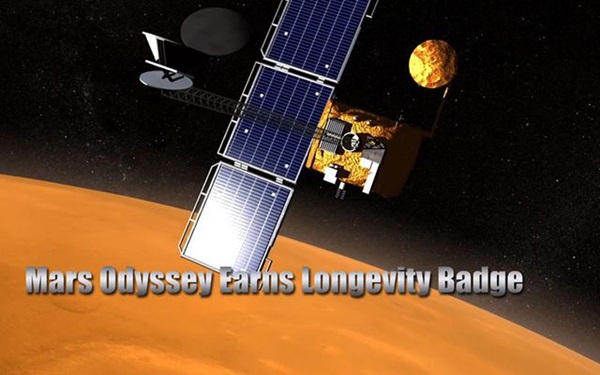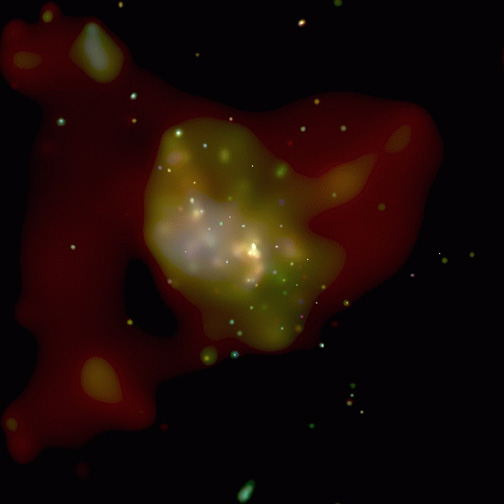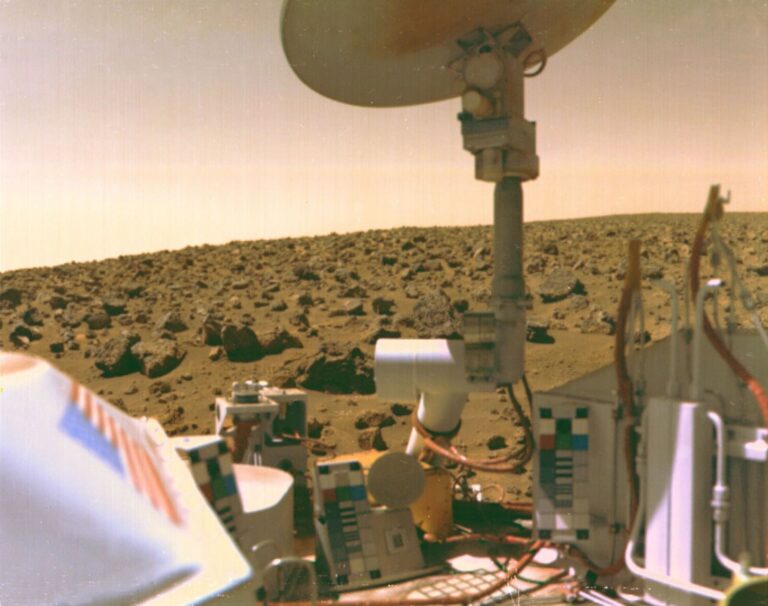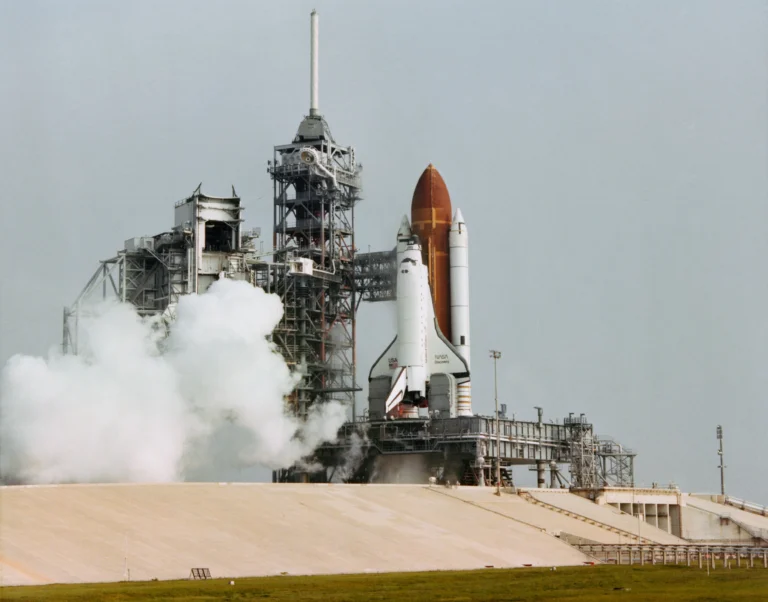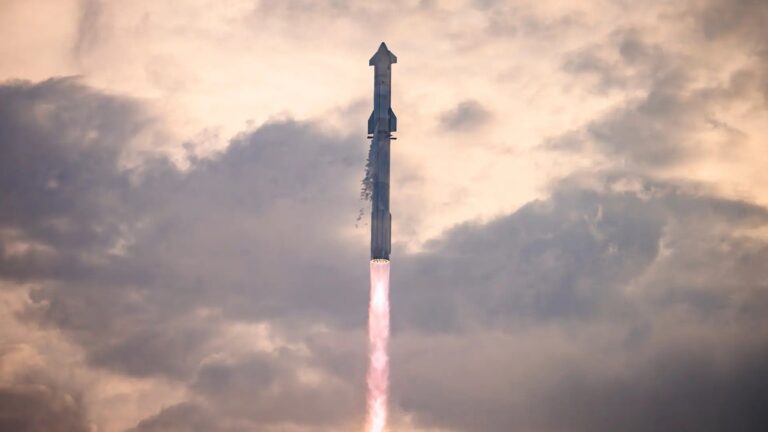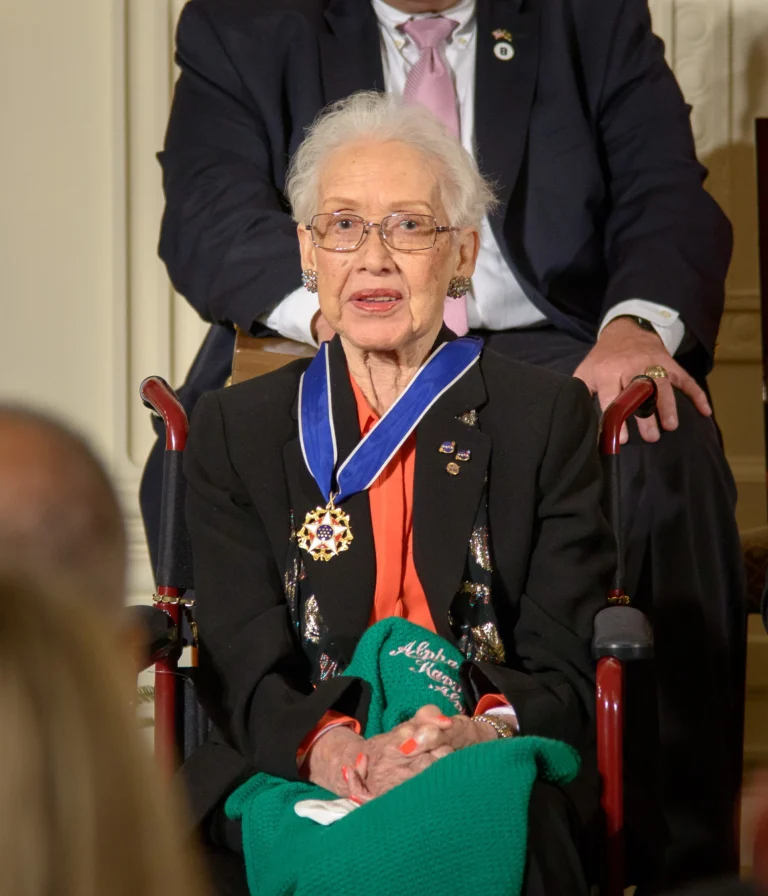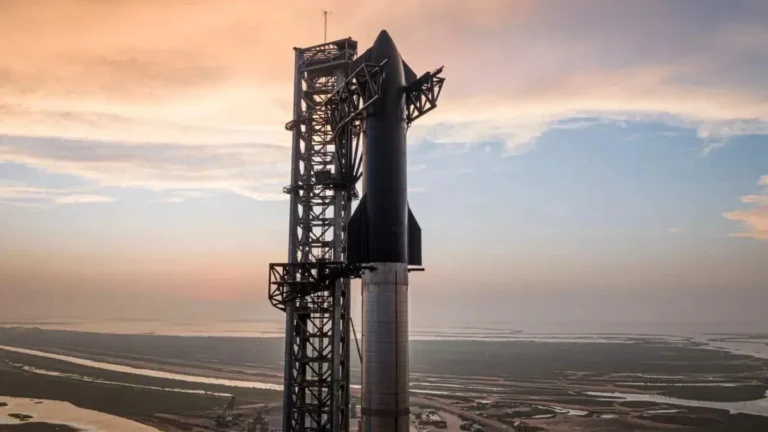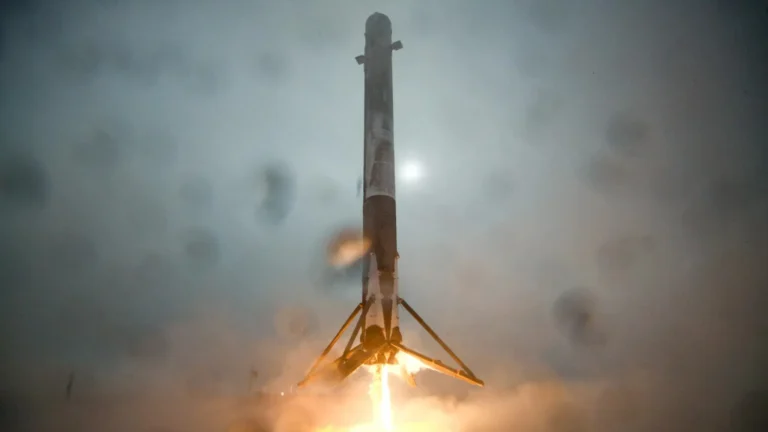Key Takeaways:
Odyssey’s longevity enables continued science, including the monitoring of seasonal changes on Mars from year to year and the most detailed maps ever made of most of the planet. In 2002, the spacecraft detected hydrogen just below the surface throughout Mars’ high-latitude regions. The deduction that the hydrogen is in frozen water prompted NASA’s Phoenix Mars Lander mission, which confirmed the theory in 2008. Odyssey also carried the first experiment sent to Mars specifically to prepare for human missions, and found that radiation levels around the planet from solar flares and cosmic rays are 2 to 3 times higher than around Earth.
Odyssey also has served as a communication relay, handling most of the data sent home by Phoenix and NASA’s Mars Exploration Rovers Spirit and Opportunity. Odyssey became the middle link for continuous observation of martian weather by NASA’s Mars Global Surveyor and NASA’s Mars Reconnaissance Orbiter (MRO).
Odyssey will support the 2012 landing of the Mars Science Laboratory (MSL) and surface operations of that mission. MSL will assess whether its landing area has had environmental conditions favorable for microbial life and preserving evidence about whether life has existed there. The rover will carry the largest, most advanced set of instruments for scientific studies ever sent to the martian surface.
“The Mars program clearly demonstrates that world-class science coupled with sound and creative engineering equals success and longevity,” said Doug McCuistion from NASA headquarters in Washington, D.C.
Other recent NASA spacecraft at Mars include the Mars Global Surveyor that began orbiting the Red Planet in 1997. The Spirit and Opportunity rovers landed on Mars January 2004. They have been exploring for 6 years, far surpassing their original 90-day mission. Phoenix landed May 25, 2008, farther north than any previous spacecraft to the planet’s surface. The mission’s biggest surprise was the discovery of perchlorate, an oxidizing chemical on Earth that is food for some microbes, but potentially toxic for others. The solar-powered lander completed its 3-month mission and kept working until sunlight waned 2 months later. MRO arrived at Mars in 2006 on a search for evidence that water persisted on the planet’s surface for a long period of time.
Odyssey’s longevity enables continued science, including the monitoring of seasonal changes on Mars from year to year and the most detailed maps ever made of most of the planet. In 2002, the spacecraft detected hydrogen just below the surface throughout Mars’ high-latitude regions. The deduction that the hydrogen is in frozen water prompted NASA’s Phoenix Mars Lander mission, which confirmed the theory in 2008. Odyssey also carried the first experiment sent to Mars specifically to prepare for human missions, and found that radiation levels around the planet from solar flares and cosmic rays are 2 to 3 times higher than around Earth.
Odyssey also has served as a communication relay, handling most of the data sent home by Phoenix and NASA’s Mars Exploration Rovers Spirit and Opportunity. Odyssey became the middle link for continuous observation of martian weather by NASA’s Mars Global Surveyor and NASA’s Mars Reconnaissance Orbiter (MRO).
Odyssey will support the 2012 landing of the Mars Science Laboratory (MSL) and surface operations of that mission. MSL will assess whether its landing area has had environmental conditions favorable for microbial life and preserving evidence about whether life has existed there. The rover will carry the largest, most advanced set of instruments for scientific studies ever sent to the martian surface.
“The Mars program clearly demonstrates that world-class science coupled with sound and creative engineering equals success and longevity,” said Doug McCuistion from NASA headquarters in Washington, D.C.
Other recent NASA spacecraft at Mars include the Mars Global Surveyor that began orbiting the Red Planet in 1997. The Spirit and Opportunity rovers landed on Mars January 2004. They have been exploring for 6 years, far surpassing their original 90-day mission. Phoenix landed May 25, 2008, farther north than any previous spacecraft to the planet’s surface. The mission’s biggest surprise was the discovery of perchlorate, an oxidizing chemical on Earth that is food for some microbes, but potentially toxic for others. The solar-powered lander completed its 3-month mission and kept working until sunlight waned 2 months later. MRO arrived at Mars in 2006 on a search for evidence that water persisted on the planet’s surface for a long period of time.

